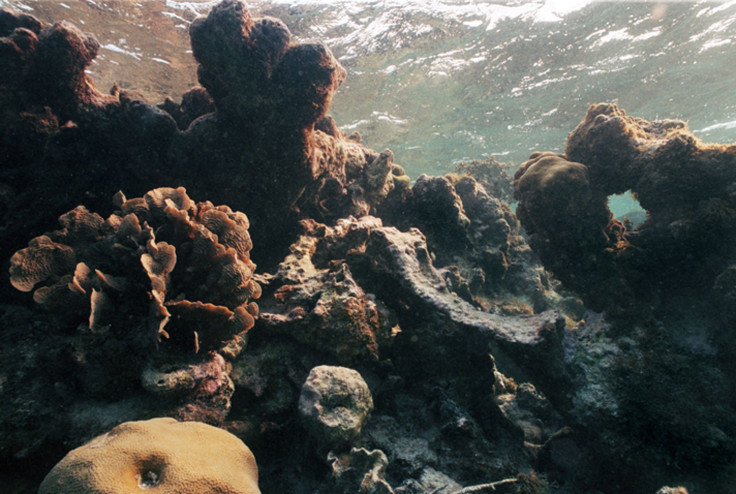There’s no way the Great Barrier Reef can be climate-proofed; Reef destruction a political failure

Today, the Great Barrier Reef is a diminished place when compared to what it was even a month ago. The blues, the purples and any colour in human imagination, they are all gone. Now, the reef is a mere white and that is painful for all nature lovers.
“The Great Barrier Reef is today a diminished place from what it was a month ago. We can’t climate proof this reef. We have seen the most pristine part of the reef take a direct hit,” leading coral scientist Terry Hughes told the Guardian.
The reef is the latest and the most famous victim of the third global “mass bleaching” of corals since 1998. Of the 520 reefs Hughes flew over, only four have been able to retain their colours. The rest have gone white. Hughes believes this mass coral bleaching event is a pristine example of world’s fossil fuel industry coming in direct conflict with the reef. The reef is losing badly to fossil fuels.
Many are calling this reef destruction as a political failure. In November 2014, United States President Barack Obama told a University of Queensland crowd that the exceptional glory of The Great Barrier Reef is threatened. However, Australian Foreign Minister Julie Bishop did not pay heed to it and said the reef is perfectly fine and not in danger.
In 2015, Australian government spent close to $100,000 sending officials to different parts of the world to convince World Heritage Committee members not to place the reef on the “in danger” list, according to the Guardian.
Hughes said the “disconnect” between science and Australia’s policies of developing coalmines is the primary reason for the reef’s sorry state. University of Queensland professor and renowned coral scientist John Pandolfi believes that this coral bleaching event is totally manmade and that emissions must be controlled.
“Emissions must come down sharply – the COP21 meeting has given the go ahead for this to become a reality. The coral bleaching on the GBR and elsewhere provides the prima facie evidence for pursuing this line of action,” Pandolfi said.
The United Nations Educational, Scientific and Cultural Organisation (UNESCO) will be watching the disaster with great alarm. If progress is not made, it will seriously review the reef’s heritage status in its 2017 session.





















